Faculty and Research Units
OIST research units take a cross-disciplinary approach to research, and the PhD program encourages students to explore the intersections of disparate fields of science and technology. Find the research unit of your interest below.
Faculty and Research Units
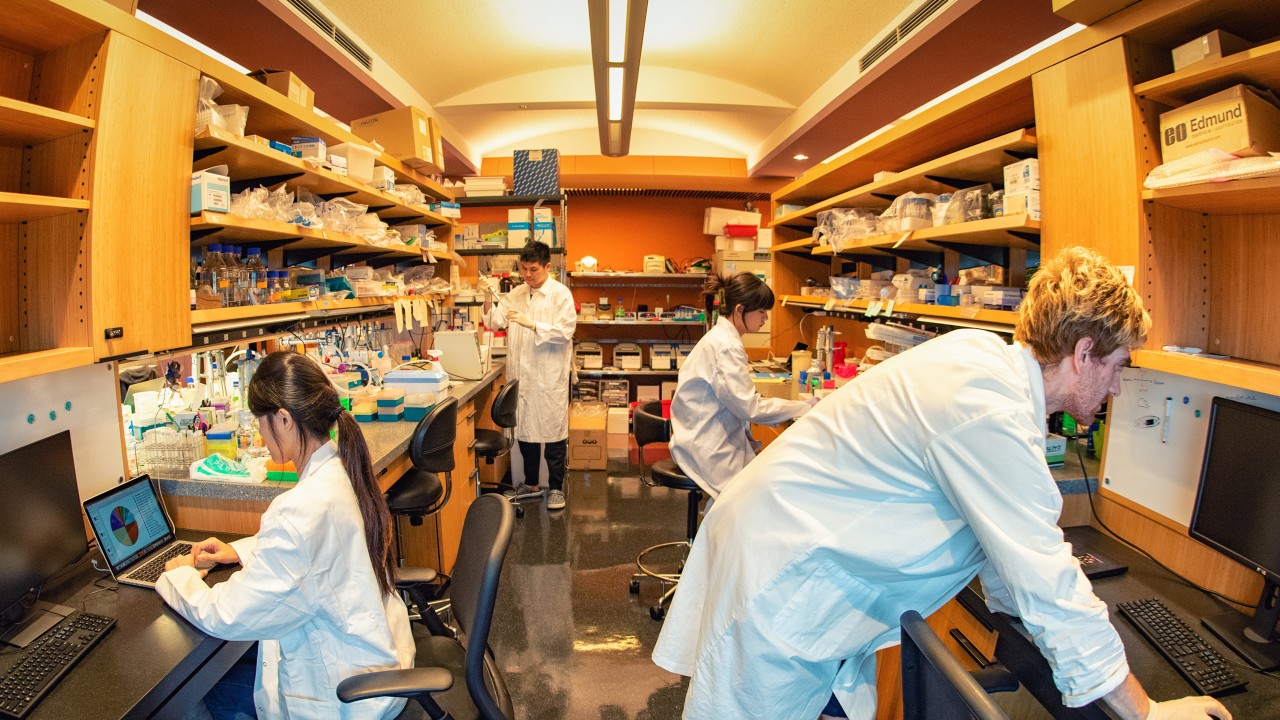
Find a Faculty Member or Research Unit
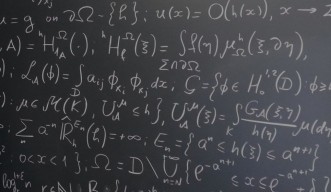
Analysis and Partial Differential Equations Unit
The mission of the Analysis and PDE unit is to reveal and analyze the mathematical principles reflecting natural phenomena expressed by partial differential equations and advance the boundar...

Ugur Abdulla
Professor
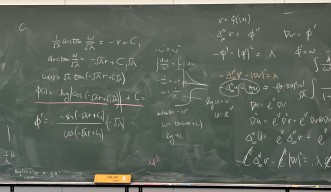
Analysis on Metric Spaces Unit
Analysis on Metric Spaces Unit explores analytic and geometric problems arising in diverse spaces, especially those with no priori smooth structures. Our research focuses on partial diff...

Xiaodan Zhou
Assistant Professor

Applied Cryptography Unit
The Applied Cryptography Unit investigates the design and analysis of modern cryptographic primitives and schemes used to protect the confidentiality and integrity of data – at rest, being communicated or computed upon – both in the classical and the quantum settings. Areas of interest include the algebraic cryptanalysis of symmetric and asymmetric key algorithms; design and analysis of primitives for privacy-preserving cryptographic mechanisms; and the design and analysis of quantum-safe cryptographic constructions.

Carlos Cid
Professor (Adjunct)
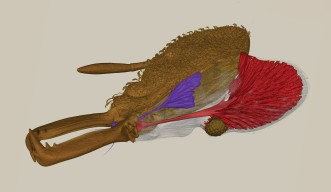
Biodiversity and Biocomplexity Unit
The Biodiversity and Biocomplexity Unit explores how ecological and evolutionary processes generate and sustain biodiversity, and how those processes are being altered by human activities.

Evan P. Economo
Professor
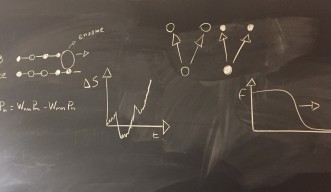
Biological Complexity Unit
The Biological Complexity Unit studies how biophysical systems, ranging from subcellular circuits to cellular populations, can function despite being subject to random fluctuations.

Simone Pigolotti
Professor
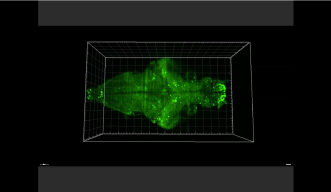
Biological Nonlinear Dynamics Data Science Unit
The biological nonlinear dynamics data science unit investigates complex systems explicitly taking into account the role of time. We do this by instead of averaging occurrences using their statistics, we treat observations as frames of a movie and if patterns reoccur then we can use their behaviors in the past to predict their future. In most cases the systems that we study are part of complex networks of interactions and cover multiple scales. These include but are not limited to systems neuroscience, gene expression, posttranscriptional regulatory processes, to ecology, but also include societal and economic systems that have complex interdependencies. The processes that we are most interested in are those where the data has a particular geometry known as low dimensional manifolds. These are geometrical objects generated from embeddings of data that allows us to predict their future behaviors, investigate causal relationships, find if a system is becoming unstable, find early warning signs of critical transitions or catastrophes and more. Our computational approaches are based on tools that have their origin in the generalized Takens theorem, and are collectively known as empirical dynamic modeling (EDM). As a lab we are both a wet and dry lab where we design wet lab experiments that maximize the capabilities of our mathematical methods. The results from this data driven science approach then allows us to generate mechanistic hypotheses that can be again tested experimentally for empirical confirmation. This approach merges traditional hypothesis driven science and the more modern Data driven science approaches into a single virtuous cycle of discovery.

Gerald Pao
Assistant Professor
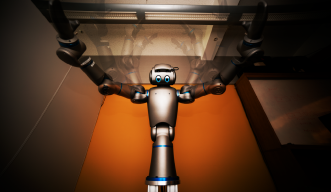
Cognitive Neurorobotics Research Unit
The Cognitive Neurorobotics Research Unit is dedicated to investigating the principles of embodied cognition by conducting experimental studies in synthetic neurorobotics. The primary goals of our research are to understand:on how innate structures can be leveraged to develop cognitive constructs through iterative but limited behavioral experiences; how primary intersubjectivity in social cognition can be formed through enactive and contextual interactions with others; and how subjective experiences such as consciousness and free will can be scientifically and phenomenologically explained. In addition, our developmental neurorobotics approach is intended to uncover the underlying mechanisms of neurodevelopmental disorders, such as schizophrenia and autism. Through these researches, we can expect to deepen our ontological understanding of human beings, rather than simply creating another smart machine-learning robot.

Jun Tani
Professor

Complexity Science and Evolution Unit
The CSE Unit analyzes the dynamics of complex adaptive systems, focusing on behavioral dynamics shaping social systems, eco-evolutionary dynamics shaping ecosystems, and their interactions.

Ulf Dieckmann
Professor
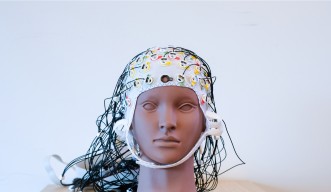
Embodied Cognitive Science Unit
We are developing theoretical and experimental projects in cognitive science, guided by the hypothesis that agent-environment interaction is an essential part of mental activity.

Tom Froese
Assistant Professor
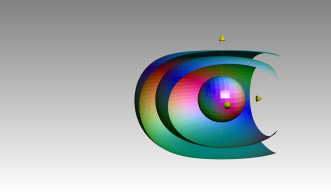
Geometric Partial Differential Equations Unit
As an important branch of mathematics, partial differential equations and geometric analysis are widely applied to various fields of science including material sciences, image processing, control theory and so on. The Geometric Partial Differential Equations Unit focuses on establishing new analytic approaches to understand behavior and properties of solutions to nonlinear partial differential equations arising in geometry and related areas. The unit aims to solve real-world problems by developing the theory of methematical analysis.

Qing Liu
Associate Professor
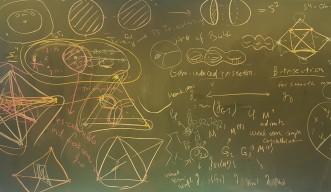
Gravity, Quantum Geometry and Field Theory Unit
The Gravity, Quantum Geometry and Field Theory Unit’s research interest lies in revealing the quantum nature of spacetime. Geometrical aspects of gravity, manifested in General Relativity, h...

Reiko Toriumi
Assistant Professor
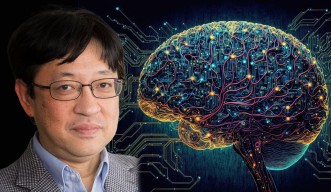
Integrated Open Systems Unit
The Integrated Open Systems Unit aims to understand the fundamental principles that govern open, complex systems and apply such knowledge for real-world applications

Hiroaki Kitano
Professor (Adjunct)
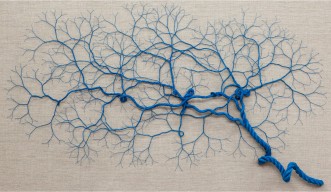
Model-Based Evolutionary Genomics Unit
The Model-Based Evolutionary Genomics Unit works at the crossroads of computational and evolutionary biology. Our long-term goal is to achieve an integrative understanding of the evolution of Life on Earth and the origins and emergence of complexity across different biological scales, from individual proteins to ecosystems. To move towards this goal, we develop and apply model-driven evolutionary genomics methods to reconstruct the Tree of Life and the major evolutionary transitions that have occurred along its branches.

Gergely János Szöllősi
Associate Professor
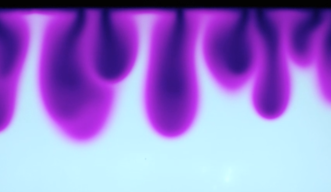
Nonlinear and Non-equilibrium Physics Unit
We work in experimental nonlinear, non-equilibrium and soft matter physics. Our current research focuses on fluids, granular media, fluctuations in renewables and quantitative life sciences.
Mahesh Bandi
Professor
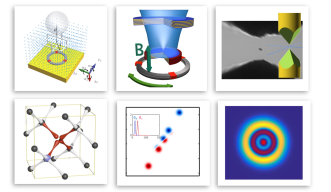
Quantum Machines Unit
We study in theory and experiments the engineering of quantum devices built from different subsystems that can collectively perform beyond the individual capabilities of their parts.

Jason Twamley
Professor
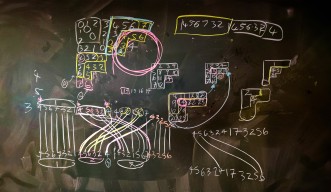
Representation Theory and Algebraic Combinatorics Unit
Our unit studies the representation theory of algebras via tools from algebraic combinatorics. Our study largely centres around the philosophy of decomposing representations.

Liron Speyer
Assistant Professor





